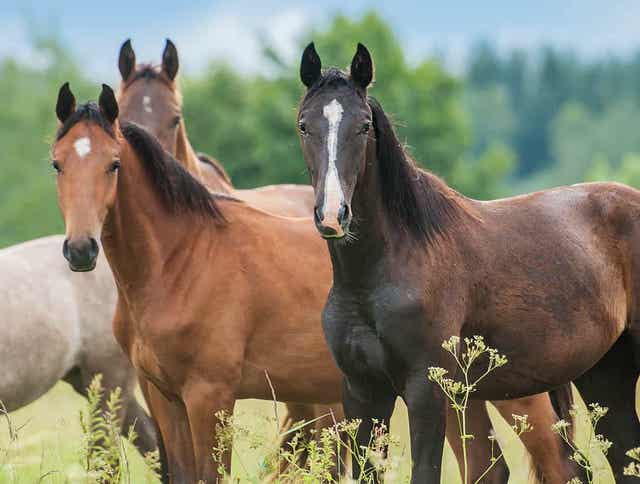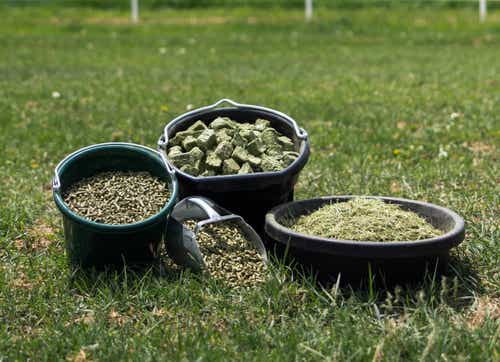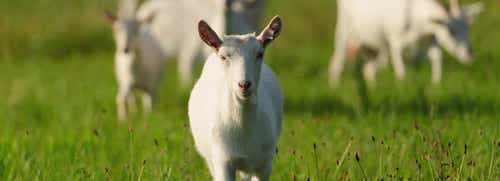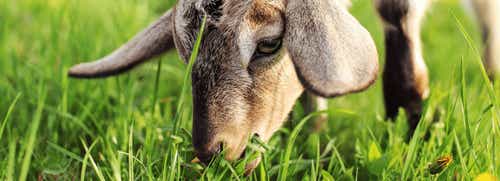
Can You Identify Normal Horse Vital Signs?
In the words of Dr. Cubitt, “Know what is normal for your horse, so you can identify when something is abnormal.” Knowing your horse, their quirks and tendencies not only helps to create an unbreakable bond and solid relationship but can also keep them healthy and well.
Normal horse temperature should be between 99.5 and 101.3 degrees Fahrenheit
The most accurate way to take a horse’s temperature is rectally (dipped in lubricant), using a digital thermometer.
Tips:
- Always be sure to clean the thermometer after use
- Exercise, stress or infections can elevate temperature
- Leave the thermometer in long enough to avoid a false low reading
Normal horse pulse is between 38 and 40 beats per minute
There are 3 ideal areas to take your horse’s pulse: under the jaw, beneath the tail at its bone or an area on the side of the foot. Count for 15 seconds and multiple by 4.
Tips:
- Don’t double count heartbeats
- The normal pulse for foals is between 70-120 beats per minute
- The normal pulse for yearlings is between 45-60 beats per minute
Normal horse respiration is between 8 and 15 breaths per minute
Watching your horse’s ribcage or nostrils for 1 minute, count 1 inhale and 1 exhale as a single breath.
Tips:
- Do not measure respiration by letting your horse sniff your hand
- Wait for 30 minutes after exercise to check rate
- Respiration rate should not exceed pulse rate
Horse dehydration can be observed when the skin takes more than two seconds to return to its place
Pinch the skin on your horse’s neck or shoulder area and it should return to its usual position within 1-2 seconds.
Tips:
- Horses need 5-12 gallons of water per day in normal environments
- In heat or with heavy exercise, horses need 15-20 gallons of water per day
Learn more about horse hydration needs during the winter and summer months.
A normal horse gut sound is gurgling, like the sound of fluid dripping or tinkling
Place ear or a stethoscope up against the horse’s body, just behind the last rib, checking both sides.
Tips:
- Call the vet if there is an absence of sound, as it could indicate colic
Normal horse capillary refill time is between one and two seconds
Place finger against horse's gums for 2 seconds, creating a white mark from finger pressure. The white mark should return to a normal pink tone within 1-2 seconds.
Other Tips for Horse Owners:
- Be sure to check vital signs regularly to know what is normal, so that you can identify anything abnormal
- Do not take vital measurements on a nervous horse to ensure accuracy
- Call your veterinarian immediately if anything is abnormal
If all else fails and you are unsure if something is wrong, be sure to contact your veterinarian. If you have questions on nutrition, please contact the nutritionists at Standlee Premium Western Forage.

Download this quick fact sheet pdf, laminate and hang in your barn for easy access and share our image from Facebook or Instagram with your horse friends!
Scientific Reference:
National Research Council. 2007. Nutrient Requirements of Horses: Sixth Revised Edition. Washington, DC: The National Academies Press.








